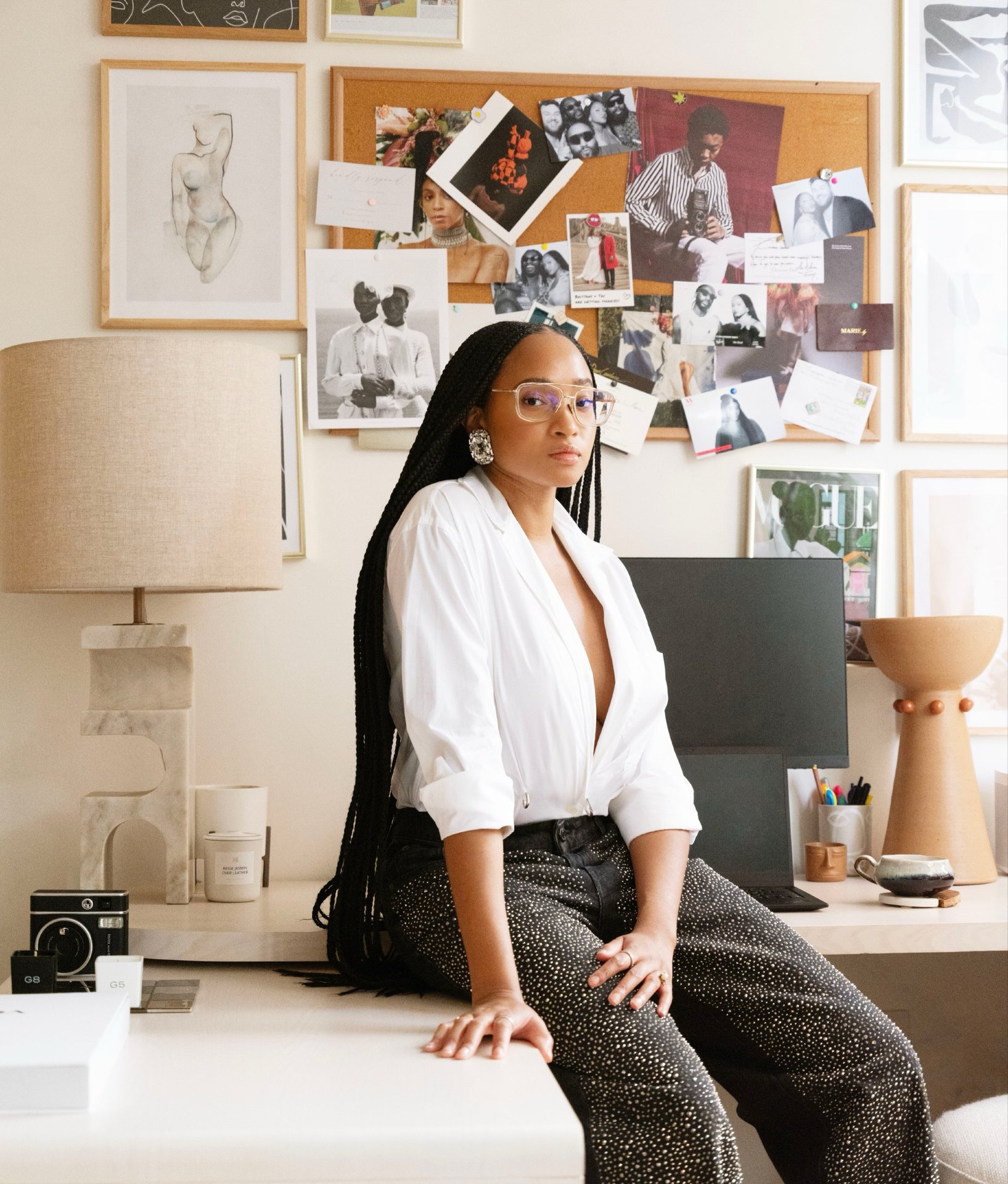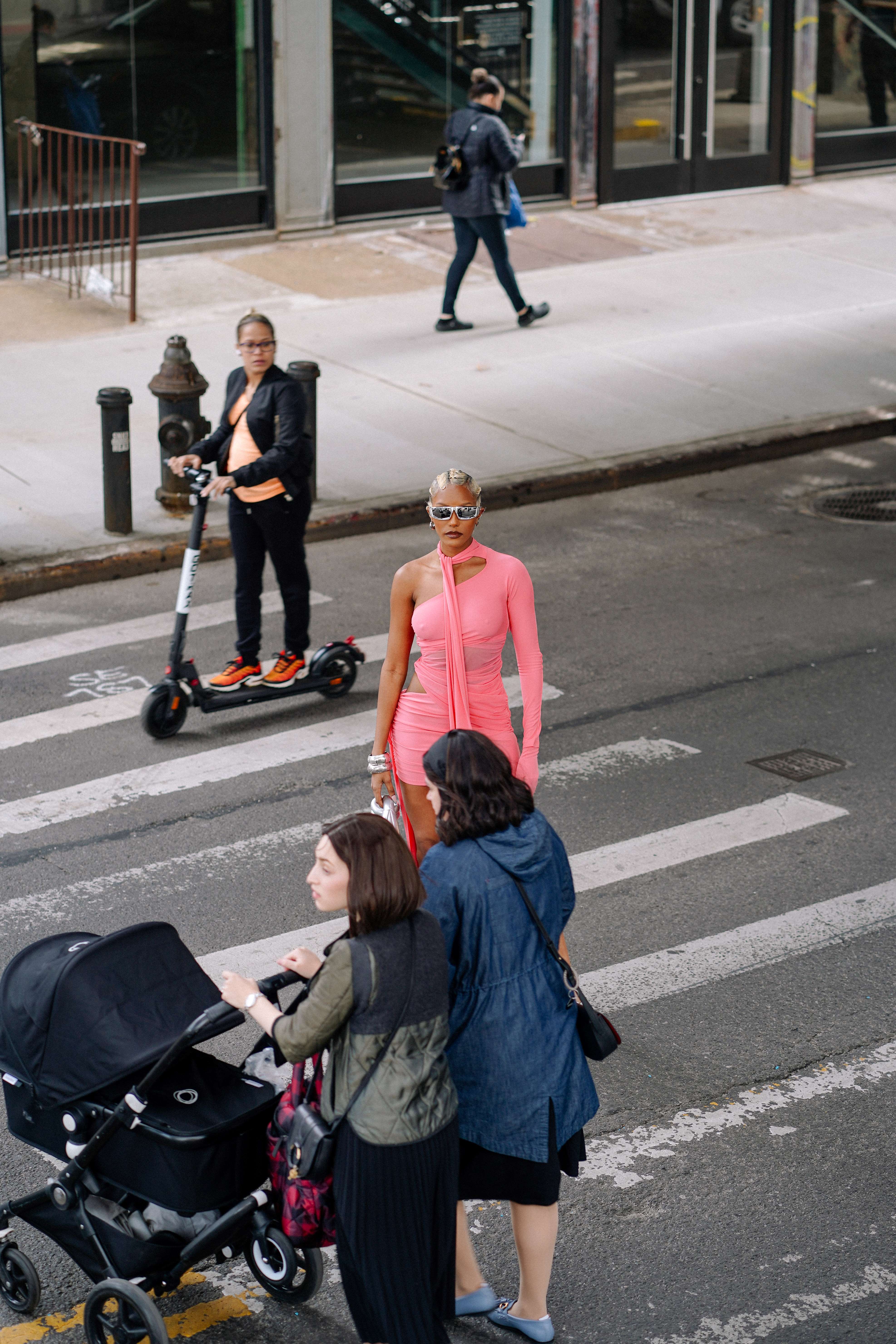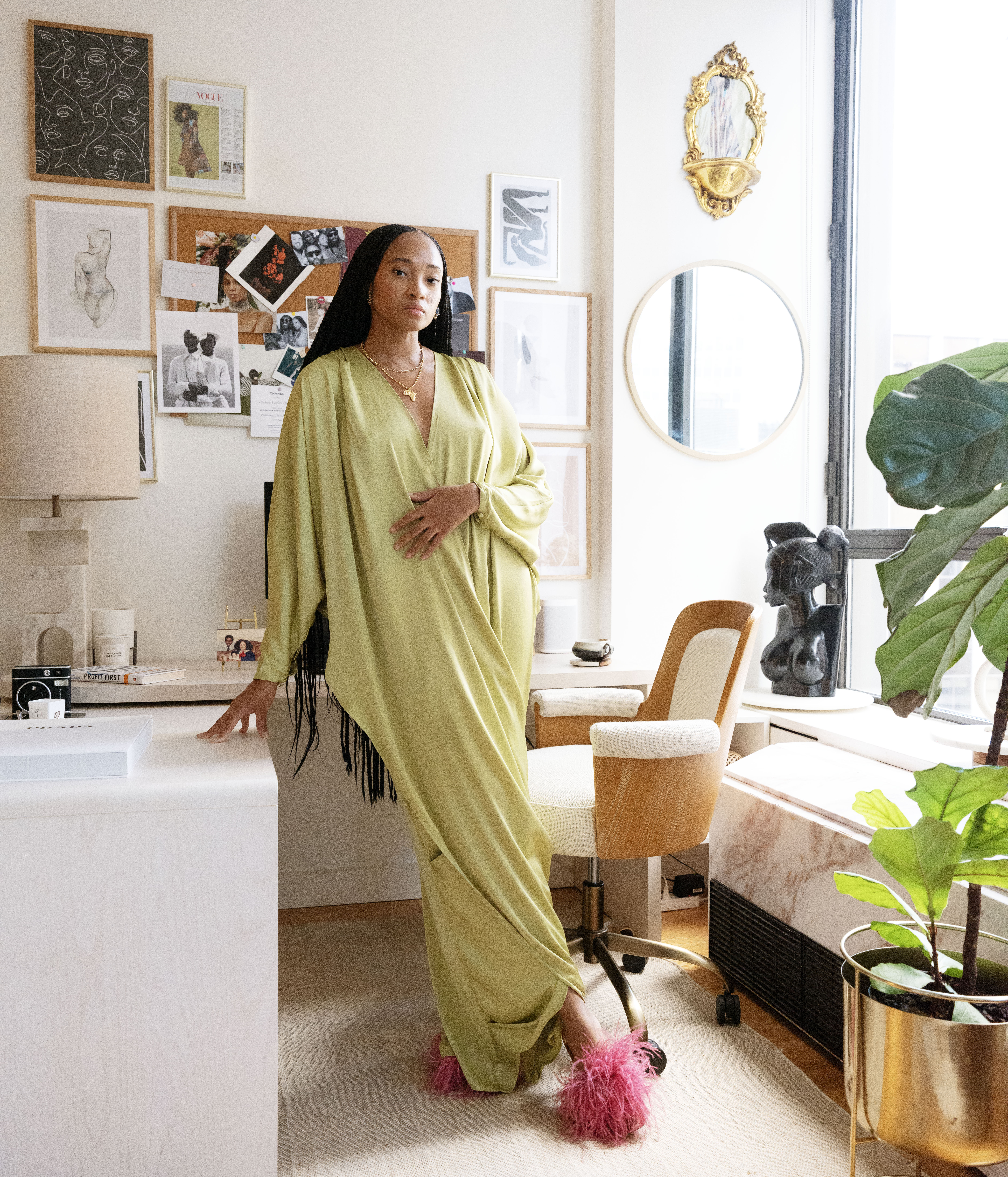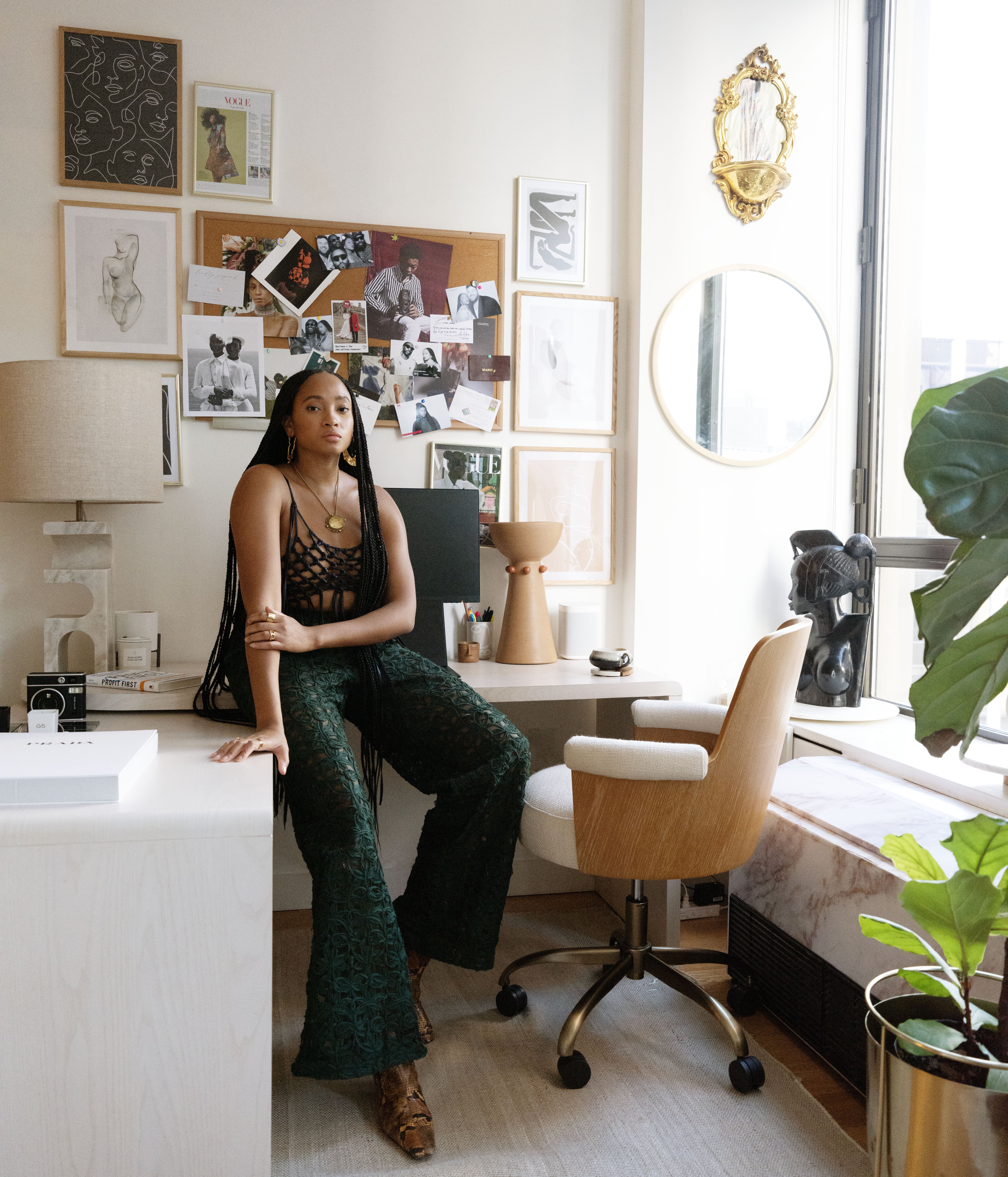“Many people still hold the dated belief that all publicity is good publicity. They believe that so long as there are eyes on the brand, the pieces will sell,” Hawkins said. “Most of the influencers brands choose to work with have an extensive following so they’re able to kill two birds with one stone: publicity, and social media engagement. However, the target audience is unfortunately not always hit.”
Marie stated, “Whether it’s engagement, reach, sales, etc. – a clear influencer strategy has to be put into place so that swapping out a buyer or publicist makes sense. Brands are pivoting how they are marketing their shows versus having an executive buyer, senior buyer and a junior buyer at a show. It may make sense to just have an executive buyer present and two creatives who are aligned with the brand and can reach an audience immediately.”
If social media crashed tomorrow, social-inclined brands would not survive and prosper for long term revenue success.
Some preventative safeguards, according to Hawkins, include “bringing back traditional methods of publicity. Allowing editors to preview the collection before it goes live. Aligning with stores and buyers that the target demographic typically shops. Hosting real life campaign activations where fashion figures (not limited to influencers) are invited. Even bringing back brick and mortar I believe could set brands up for long-term revenue success.”
“One of the first things that I learned when studying finance was to diversify your portfolio,” Marie said. “This looks like: email marketing, websites, social media, ads, editorial, etc. Social media is just the front line of marketing, so everyone is seeing it.”
Without doubt brands are using social media influencers and entertainers to leverage their brands reputation, while failing to effectively embody inclusivity in campaigns that welcomes otherness throughout the entire year.
“Instead of a desire for short-term visibility and buzz, there should be a strategic alignment with the brand’s identity,” Marie added. “If the collaboration lacks authenticity, it can be seen as opportunistic and superficial. Brands should ensure that partnerships with influencers and entertainers during fashion weeks are thoughtfully curated, reflecting a shared narrative and values, to avoid being seen as performative.”
For 2024, the scope may well extend beyond fashion shows. “I would love brands to support our craftsmanship in collaboration throughout the year,” Hawkins said. “For instance, brands can send the collection specific pieces out to influencers, giving us creative freedom to produce content that expands the collection’s story.”
Besides providing free access to 5 minute fashion shows, “Brands could provide funding or grants to support influencers and entertainers in pursuing their creative projects such as photo shoots, art installations, and other artistic endeavors,” Marie said. “In addition, they should also be flexible in collaboration arrangements, allowing influencers and entertainers to retain creative control while still benefiting from brand support. This flexibility fosters a more collaborative and mutually beneficial relationship.”















